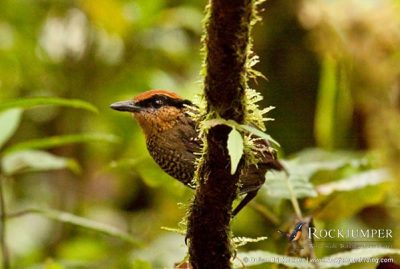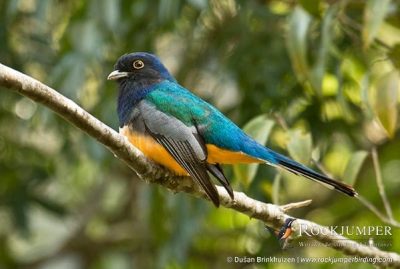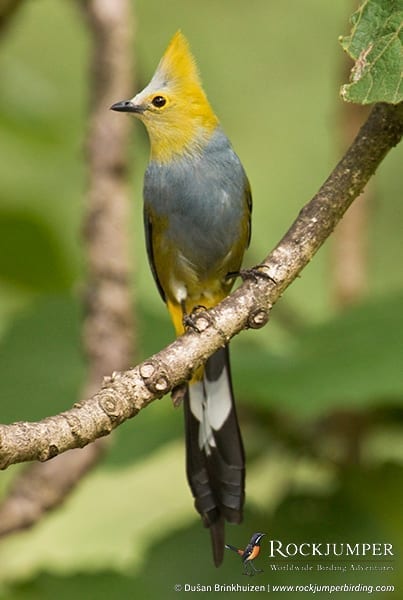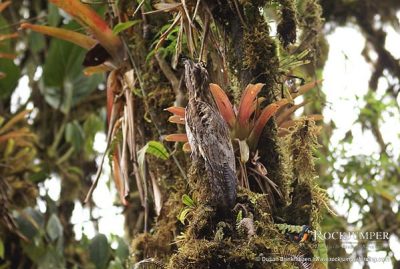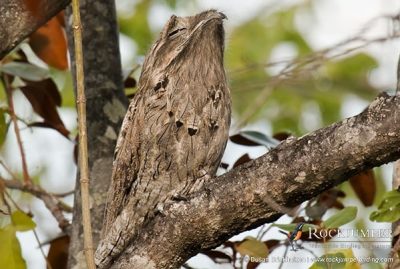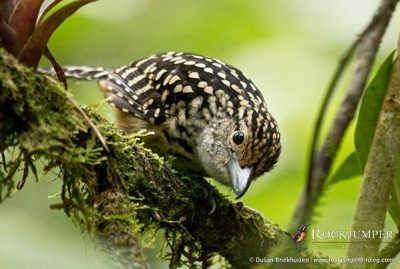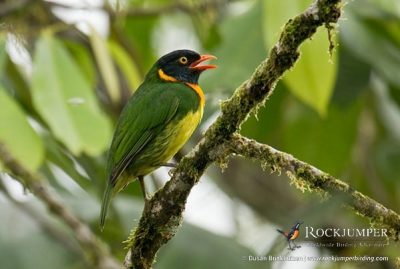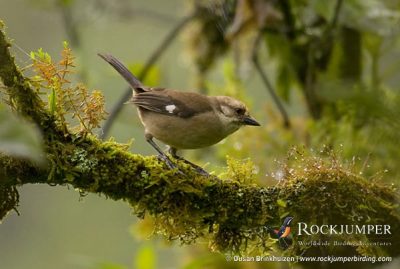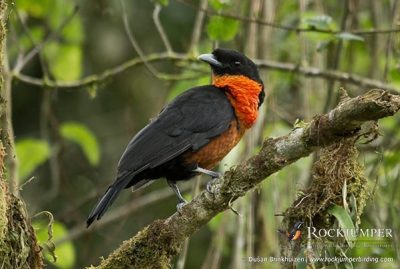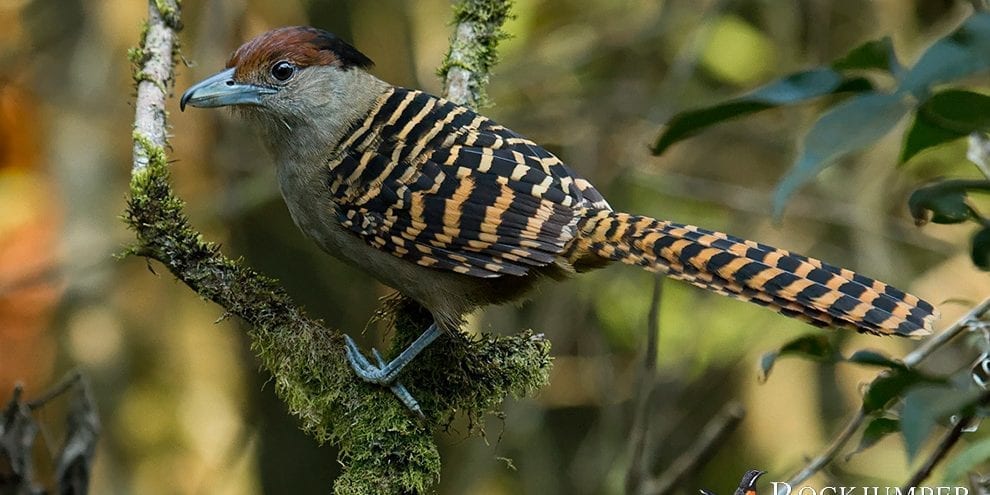
Birds are certainly some of the most alluring photographic subjects around. Whether it be an interaction between birds – friendly or otherwise – their spectacular plumage or their interesting behaviour patterns, a great bird photograph is definitely hard to beat. One of the toughest places to photograph birds from is in dense jungle. While it is beautiful in its own right, the thick foliage often makes it difficult, or impossible, to get a clear view of the bird you’re targeting. Combine this with the fact that you’re working in low light conditions, and you have to be patient, highly skilled or just plain lucky to get the shot you want on your bird photography tour.

Dušan Brinkhuizen is a long-time, much-loved Rockjumper Guide. Spending most of his time guiding tours around South and Central America have meant he has been able to hone his photography skills in the jungle. He is a proficient photographer and well-versed in the ways of jungle photography. Here are his best tips for your next bird photography tour where you may encounter jungle or low light environments:
1. Keep your ISO levels high
Basically, the level of ISO refers to the level of sensitivity your camera’s sensor has to light. Having your ISO higher means that the sensor will absorb more light, as your camera is “tricked” into thinking there is more ambient light available. By keeping it high, you can continue using a faster shutter speed to make sure you get a sharp and in-focus image of your bird. There is, however, a trade-off: the higher your ISO level, the grainier the image becomes, because the sensor will start to pick up and introduce ‘noise’ to the image. The other downside is that very high ISO levels can result in a loss of tones, contrast and colour – resulting in a “flat” image. This usually only happens when using very high ISO levels, though.
Just like the rest of photography, it is important to find a balance. A completely over or under-exposed image is useless, but one that is somewhere in between can at least be fixed later in processing.
2. Take record shots, and adjust your settings from there
Record shots are not only a great way of proving you saw the bird, but can also be very helpful in identifying what you need to do to get a better image. From your record shots, look at adjusting the Shutter Speed, ISO and Aperture to get the results you want.
Shutter Speed – the shutter speed refers to the duration the shutter stays open to allow light to hit the sensor. A high shutter speed freezes motion, which is ideal for bird photography, as the goal is to get the image to be as sharp as possible. This should not be the first thing you change, rather compensate for darker images by raising the ISO. Also, underexposing by 2/3rds of a stop using your exposure compensation button (+/-) will further increase your shutter speed, as you are darkening the scene slightly, but it will also keep the saturation and contrast in the image which the high ISO could have washed out.
ISO – as mentioned before, this changes the sensitivity of the camera’s sensor to light. For low light photography, you’ll want to keep the ISO high initially to ensure you can keep a fast shutter speed. If the light allows, you can always incrementally drop the ISO level to get the right amount of exposure.
Aperture – affects the amount of light entering the lens. This creates your depth of field. As a rule of thumb, the smaller the aperture number, the smaller the amount in your frame that will be in focus. The more you increase the aperture, the more you increase what is sharp and in focus in the frame. For bird photography, avoid using lower apertures as you’ll want the whole bird in focus. Don’t go too high in low light conditions either, as a higher aperture lets through less light. The sweet spot is generally between f/5.6 and f/8 for jungle and low light photography, but these can be slightly adjusted if needed.
Finding a balance between these three settings is the key to getting the results you want. The best way to understand how each works in relation to the other is to experiment and practice!
3. Only use a tripod for roosting birds
Tripods are great for making sure you get a clear image. The problem is, though, that using a tripod takes a lot of time you don’t often have. Most birds move way too often to effectively use a tripod in the jungle. Roosting birds, however, aren’t going anywhere. In this case, you can make use of a tripod to help ensure you get a better shot.
4. Use image stabilisation when photographing free-hand
Because birds are often in and out of sight within a few seconds, it makes it nearly impossible to use stabilising equipment in most scenarios. So you need to be quick on the draw, and will often end up taking photos free-hand – i.e. without support. This is where image stabilisation lends a hand. This is either an in-camera or in-lens feature that can be turned on and off. Both work differently but essentially do the same thing: they counteract your movements to ensure you get a clear image. If you know you are going to be photographing free-hand, turn this on. Do not, however, use image stabilisation when using a tripod, as it will most likely pick up on its own vibrations because of the camera’s stillness, and try to counteract them, creating a feedback loop that will more than likely make the image blurry.
5. If you can, find something to support your camera
Unfortunately, image stabilisation is not the be all and end all in ensuring you get a clear image. So, when you can, use what you can to help decrease your camera movements. Ideally, a monopod would be the best option, but you can also make use of tree trunks, branches and pretty much anything else sturdy enough to support your camera.
